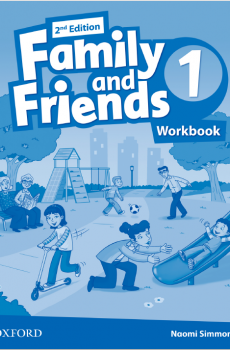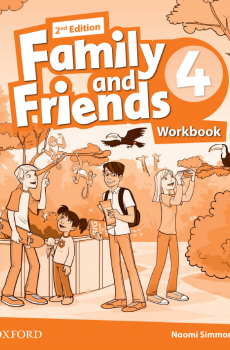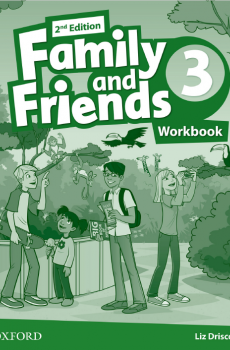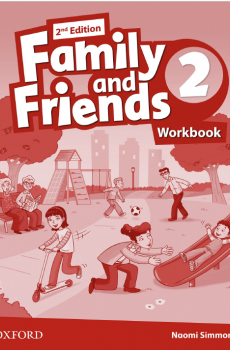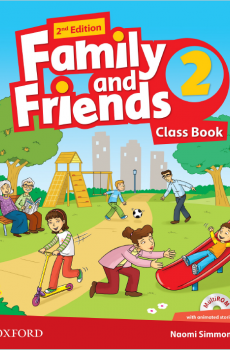Writing English Language Tests (MS 380)
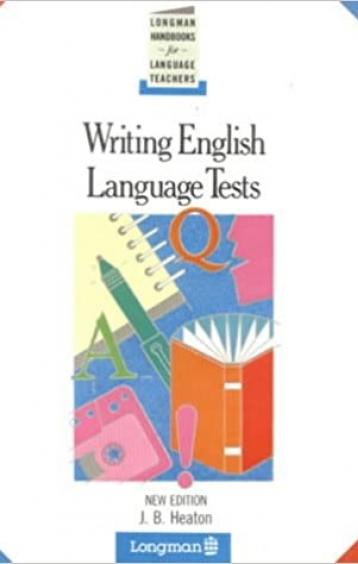
Writing English Language Tests (MS 380)
Log in to download this book.
| Publisher | Chưa rõ |
|---|---|
| Accessible book producer | Sao Mai Center for the Blind |
| Published year | 1989 |
| Coppy right | Chưa rõ |
Chapter 1. Introduction to language testing.
1.1 Testing and teaching
1.2 Why test?
1.3 What should be tested and to what standard?
1.4 Testing the language skills
1.5 Testing language areas
1.6 Language skills and language Elements
1.7 Recognition and production
1.8 Problems of sampling
1.9 Avoiding traps for the students
Chapter 2. Approaches to language testing
2.1 Background
2.2 The essay-translation approach
2.3 The structuralist approach
2.4 The integrative approach
2.5 The communicative approach
Chapter 3. Objective testing
3.1 Subjective and objective testing
3.2 Objective tests
3.3 Multiple-choice items: general
3.4 Multiple-choice items: the stem / the correct option / the distractors
3.5 Writing the test
Chapter 4. Tests of grammar and usage
4.1 Introduction
4.2 Multiple-choice grammar items: item types
4.3 Constructing multiple-choice items
4.4 Constructing error-recognition multiple-choice items
4.5 Constructing rearrangement items
4.6 Constructing completion items
4.7 Constructing transformation items
4.8 Constructing items involving the changing of words
4.9 Constructing 'broken sentence’ items
4.10 Constructing pairing and matching items
4.11 Constructing combination and addition items
Chapter 5. Testing vocabulary
5.1 Selection of items
5.2 Multiple-choice items (A)
5.3 Multiple-choice items (B)
5.4 Sets (associated words)
5.5 Matching items
5.6 More objective items
5.7 Completion items
Chapter 6. Listening comprehension tests
6.1 General
6.2 Phoneme discrimination tests
6.3 Tests of stress and intonation
6.4 Statements and dialogues
6.5 Testing comprehension through visual materials
6.6 Understanding talks and lectures
Chapter 7. Oral production tests
7.1 Some difficulties in testing the speaking skills
7.2 Reading aloud
7.3 Conversational exchanges
7.4 Using pictures for assessing oral production
7.5 The oral interview
7.6 Some other techniques for oral examining
Chapter 8. Testing reading comprehension
8.1 The nature of the reading skills
8.2 Initial stages of reading: matching tests
8.3 Intermediate and advanced stages of reading: matching tests
8.4 True/false reading tests
8.5 Multiple-choice items (A): short texts
8.6 Multiple-choice items (B): longer texts
8.7 Completion items
8.8 Rearrangement items
8.9 Cloze procedure
8.10 Open-ended and miscellaneous items
8.11 Cursory reading
Chapter 9. Testing the writing skills
9.1 The writing skills
9.2 Testing composition writing
9.3 Setting the composition
9.4 Grading the composition
9.5 Treatment of written errors
9.6 Objective tests: mechanics
9.7 Objective tests: style and register
9.8 Controlled writing
Chapter 10. Criteria and types of tests
10.1 Validity
102 Reliability
10.3 Reliability versus validity
10.4 Discrimination
10.5 Administration
10.6 Test instructions to the candidate
10.7 Backwash effects
10.8 Types of tests
Chapter 11. Interpreting test scores
11.1 Frequency distribution
11.2 Measures of central tendency
11.3 Measures of dispersion
11.4 Item analysis
11.5 Moderating 185
11.6 Item cards and banks



